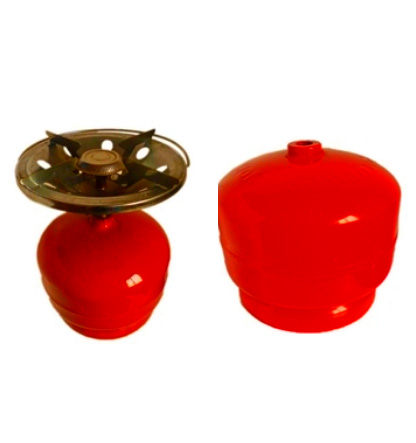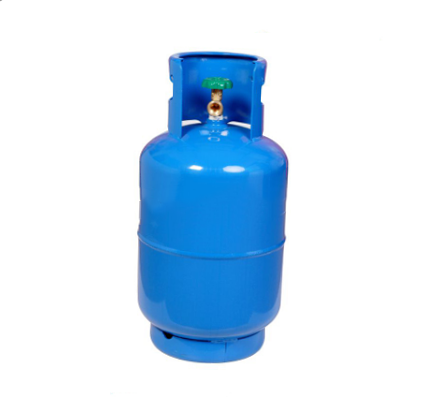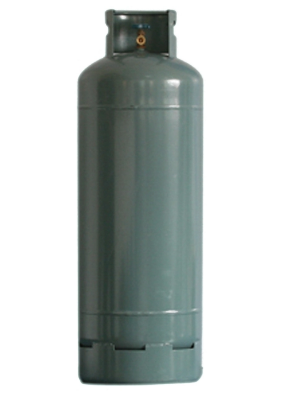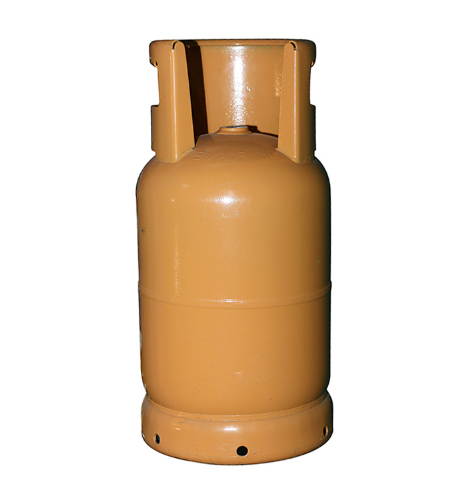
used gas cylinder supplier, mainly located in Asia. The largest suppliers are China, India and Taiwan, which supply 99%, 1% and 1% of stainless steel cylinders, respectively.
Stainless steel cylinder products are most popular in North America, Middle East and Southeast Asia.
Pirce:$20 – $300
Used gas cylinder YouTube video
Welding Gas Cylinder
acetylene gas oxygen gas cylinder

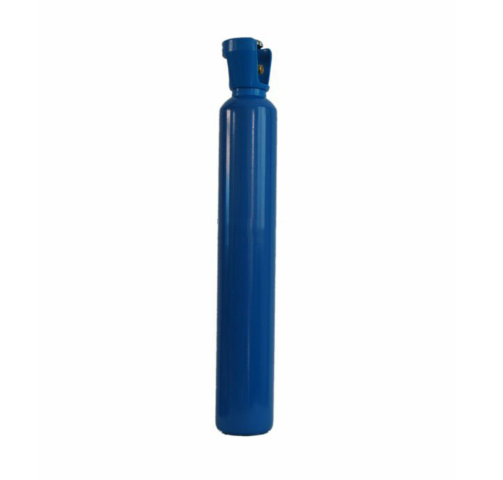
price:$60 -$600 price:$30 -$600
argon gas cylinder co2 cylinder price
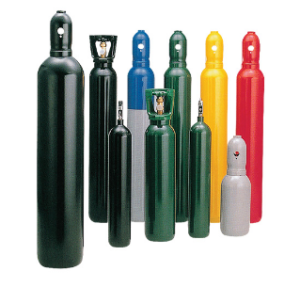
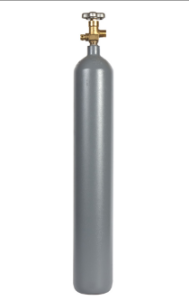
price:$30 -$600 price:$30 -$600
nitrogen gas cylinder helium gas cylinder
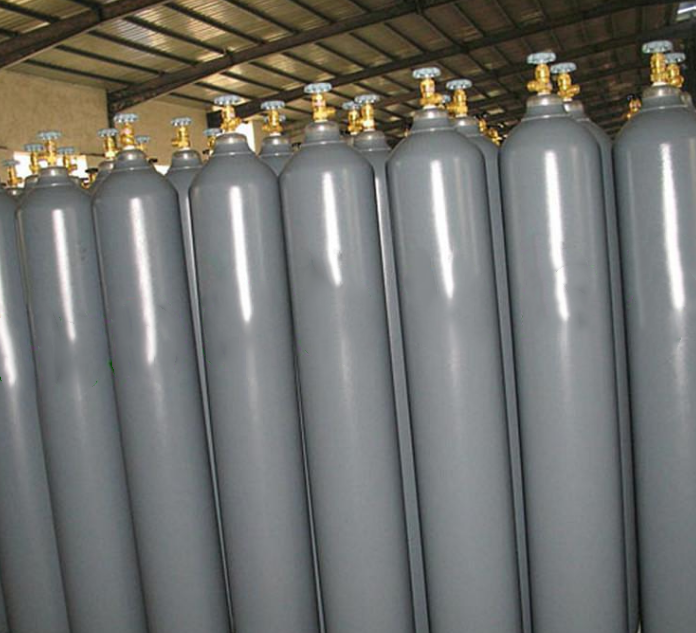
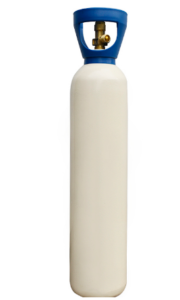
price: $20 – $550 price: $10 – $200

price: $8 – $90 price: $50 – $600
What is Used Cylinders?
You get big savings to buy refurbished cylinders. All repaired cylinders are;
- Shot-blasted
- Hydro-static tested
- Painted
- Stamped per DOT specifications.
How much gas is in a cylinder?
Given a 19 kg liquid petroleum gas (LPG) cylinder, with this instruction: the internal LPG cylinder weighs 19 kg. The internal volume of the cylinder is 44.5 liters. LPG is a mixture of propane gas (60%) and butane (40%).
Why are gases stored in cylinders?
Compressed cylinders contain gases stored under high pressure and pose serious hazards in the workplace. Cylinders that are chemically hazardous include: gases that fire or explode from flammable releases adjacent to ignition sources (e.g. acetylene or liquid petroleum gas)
Gas cylinder
A cylinder or tank is a pressure vessel used to store and contain gases above atmospheric pressure. High pressure cylinders are also called bottles. Inside the cylinder, according to the physical characteristics of the contents, the contents can be stored in compressed gases, vapors in liquids, supercritical fluids or dissolved in matrix materials. Typical cylinder designs are slender, upright at flat bottom, with valves and accessories at the top for connecting to receiving devices.
Cylinder Materials
Design specifications and application standards as well as material costs determine the choice of steel for most gas cylinders that are not welded; steel is treated with corrosion protection. Some newly developed light cylinders are made of stainless steel and composite materials. Because of the very high tensile strength of carbon fibers, these containers can be very light, but more difficult to manufacture.
Cylinders reinforced or stacked with fibrous materials, such as every five years instead of 10 years, must be inspected more frequently than metal cylinders, and more thoroughly than metal cylinders.
Cylinder inspection intervals increased from 5 or 6 years to 10 years. Diving cylinders for water must be inspected more frequently. When they become less safe, some steel and aluminium alloys have stopped using.
Fiber reinforced composite cylinders were first designated for a limited life of 15, 20 or 30 years, and cylinders are now usually removed after 70 years. Over the years, there have been composite cylinders designated as non-limiting life (NLL) – as long as no damage is visible.
Types of cylinders
Since fiberglass composites are used to reinforce cylinders, there is a common practice to name the structural types of high pressure vessels:
- Type 1 = Metal only. Mainly seamless forging metal. But for lower working pressure, such as liquefied butane, there are also welded steel containers.
- Type 2 = Metal containers, rings wrapped in fibrous composites only around the cylindrical part of the “cylinder”. (Geometrically, compared with a cylindrical spherical cap, it is necessary to have twice the tensile strength in the cylindrical area.)
- Type 3 = Thin metal lining (which keeps the container tight but does not affect the working pressure) is completely wrapped with fibers in the matrix material.
- Type 4 = non-metallic lining made of plastic, completely wrapped in fibre material. The center of the cylinder head is still metal and includes the threads of the valve.
What is Cylinder Damage?
Cylinders may damaged in a variety of ways:The influence of heat may cause the cylinder to expand and contract with the change of pressure. To some extent, cylinders designed to handle this pressure change. But, cylinders made of aluminium are more susceptible to heat and may rupture than cylinders made of steel. Some suppliers use invisible heating on cylinders to identify damage caused by heat. The strip is invisible at room temperature. but if exposed to more than 120 degrees Fahrenheit, it turns orange or brown.
The arc damage caused by welding operation can cause enough heat to rise and the cylinder damaged by arc can cause pressure explosion or start up of pressure release device. When this occurs on fuel cylinders such as acetylene, it can lead to rapid dissociation in the cylinder, leading to greater damage and/or injury. When the torch suspended at the top of the cylinder. this is most common in argon, carbon dioxide, helium and inert hybrid cylinders for heliarc welding. To this end, the cylinder must be part of the circuit that connects the workpiece to the welder. Even if no arc burns out, it is very dangerous and not allowed to do so.
Arc burns recognized by spots or a series of spots in the new paint, exposing exposed metals. When caused by rod electrodes, there may be filling metal deposits on the cylinder dragged by the electrodes.
How to Deal with Leakage Cylinder?
If leaked cylinders are detected during delivery from the supplier, they should be rejected and/or returned to the supplier. For other cases, consider the following:
- The nature of the operation.
- Potential location of release or leakage.
- Quantity of materials and types of pollutants that may be released.
- Chemical and physical properties of gases.
- Hazardous characteristics of gases.
- Availability and location of emergency supplies.
- The Department’s Emergency Action Plan recommendations.
Related used gas cylinders for sale
used gas cylinder in abu dhabi
used gas cylinders for sale in johannesburg
used gas cylinder in ajman
used gas cylinder sharjah
used gas cylinder for sale in abu dhabi
used gas cylinder for sale in al ain
used gas cylinder for sale in kuwait
used gas cylinder for sale in qatar
used gas cylinder for sale in bahrain
used gas cylinder for sale in muscat
used gas cylinder for sale in lagos
used gas cylinder abu dhabi
used gas cylinder in al ain
used gas stove and cylinder in bangalore
used argon gas cylinder
used gas cylinder for sale in abuja
dubizzle dubai used gas cylinder and gas stove
You may like:

